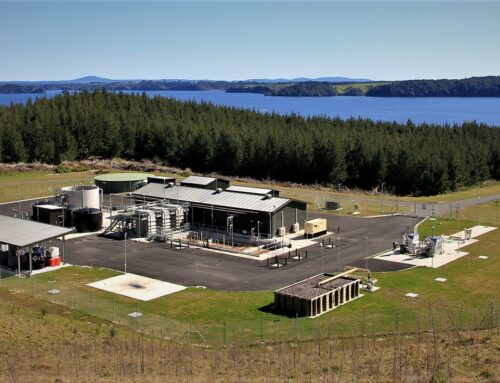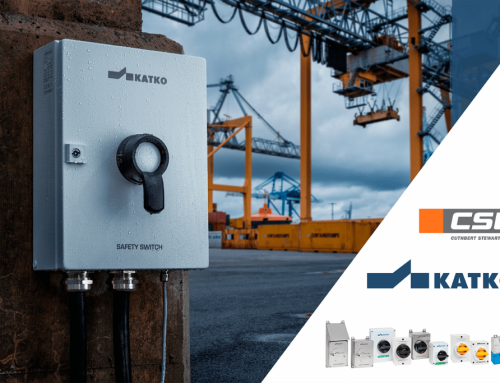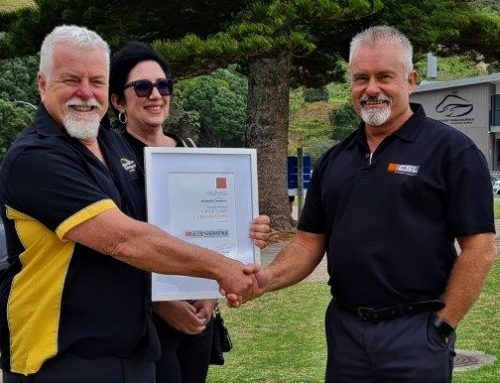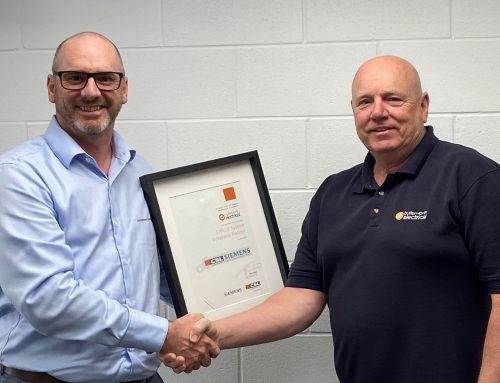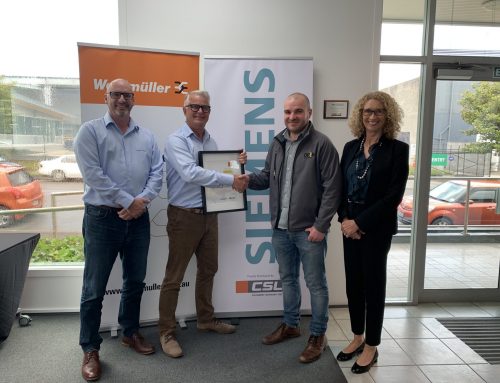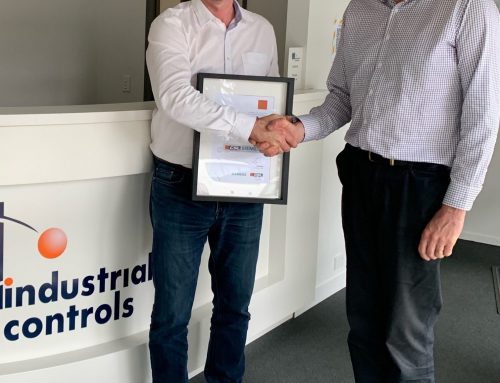
When designing and setting up your photovoltaic system, what you’re really trying to do is to achieve the greatest possible level of cost effectiveness throughout the overall operating time. The best way to do this is not to compromise on quality and performance.
Increasing the string voltage to up to 1,500 V is an effective way of increasing your systems’ profitability and cost effectiveness in the long term. The complexity of the photovoltaic system as a whole is reduced, as fewer components and materials are needed. This results in installation and maintenance-related cost benefits.
Our combiner boxes designed up to 1,500 V are a specially high quality and reliable solution for increasing the efficiency of your photovoltaic systems. All of the components are certified in line with the IEC 61439-2 standard and meet the latest safety standards.
Product advantages
 High protection class
High protection class
Ultra-modern protection mechanisms are used to guarantee the best surge protection. The system conforms with the current photovoltaic standard EN 50539-11.
Easy maintenance
The new 1,500 V combiner box was designed for reliability and economy. Maintenance work is easy to carry out, even after many years of use in the field.
Optional monitoring
We advise monitoring each and every string to ensure that your photovoltaic system delivers optimum performance. We also provide nonmonitored solutions upon request.
Long service life
All the components are optimised to guarantee that they will have a long service life. This is ensured through compliance with the IP standards and certification pursuant to DIN EN 61439-2.
Easy to wire in the field
The 1,500 V combiner box is delivered ready for connection. The integrated Transclinic 16i+ 1K5 monitoring module enables supply from the DC string as an option.
WM4 C plug-in connector
The WM4 C withstands loads with a rated current of up to 35 A. Thanks to the novel protection against twisting, it offers you addition safety in the assembly of enclosures. The WM4 C plug-in connector is TÜV-approved (German Technical Inspectorate) and meets the requirements of the DIN EN 50521 standard.



